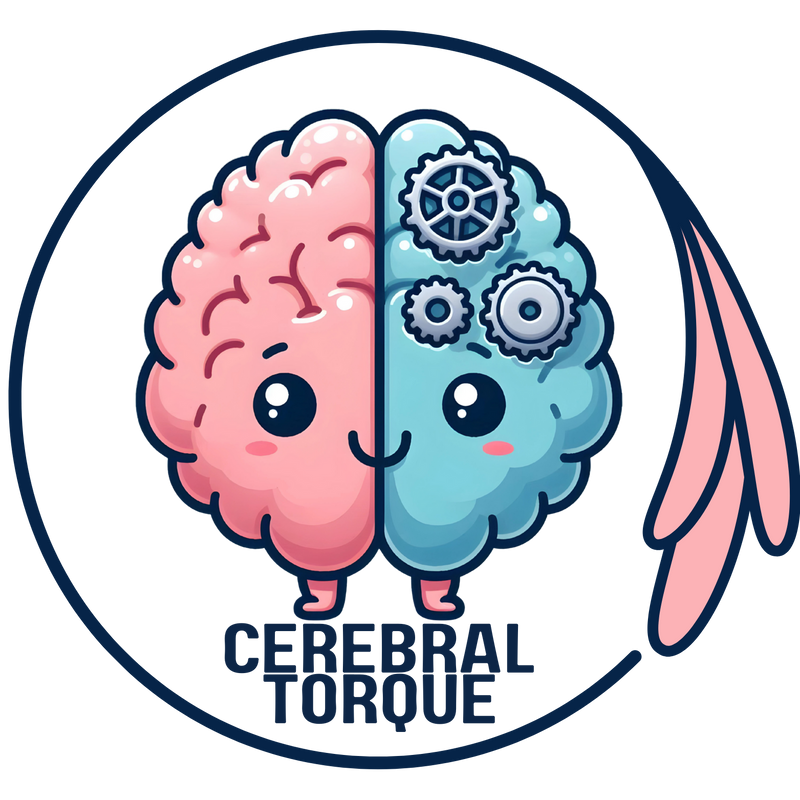Understanding The Migraine-Cardiovascular Connection
Posted on May 14 2025,
Understanding The Migraine-Cardiovascular Connection
The Paradox: Migraine as a Cardiovascular Risk Factor
If you live with migraine, especially migraine with aura, you might be surprised to learn about its complex relationship with cardiovascular health. Recent research has shown a paradoxical connection between migraine and cardiovascular risk that may influence prevention strategies and treatment options.
Key Research Finding
A 2025 study published in The Journal of Headache and Pain explored genetic factors connecting migraine and coronary artery disease. Surprisingly, researchers found that specific genetic variants linked to endothelial cell function (EC-PRS) were associated with both increased coronary artery disease risk and DECREASED migraine risk.
Migraine has increasingly been recognized as an independent cardiovascular risk factor, associated with major cardiovascular and cerebrovascular events. However, the biological mechanisms behind this connection are complex and do NOT follow traditional atherosclerotic pathways. Basically, it's not clogged arteries causing the increase of cardiovascular and cerebrovascular events, but something else.
The Non-Traditional Cardiovascular Risk Factor
Unlike conventional cardiovascular risk factors such as hypertension, diabetes, or obesity (which often cluster together), migraine represents a "non-atherosclerotic" or "non-traditional" risk factor. In fact, women with migraine and suspected cardiac ischemia showed less severe angiographic coronary artery disease compared to those without migraine.
What is EC-PRS?
The Endothelial Cell-specific Polygenic Risk Score (EC-PRS) consists of 35 single nucleotide polymorphisms associated with coronary artery disease. Recent research found that this genetic score is not only linked to coronary artery disease but also associated with a decreased risk of migraine headaches (OR per 1 SD increase = 0.94).
Biological Mechanisms: Beyond Simple Explanations
The biology connecting migraine and cardiovascular risk unfolds with far greater complexity than previously thought. Researchers have identified several potential pathways that might explain this paradoxical relationship.
Neuropeptides: A Key Connection
Calcitonin gene-related peptide (CGRP) is a crucial vasodilatory neuropeptide in migraine pathophysiology. It serves as both a target for anti-migraine therapies and a protective molecule under ischemic circumstances. Other neuropeptides like PACAP and VIP may also play important roles in the migraine-cardiovascular connection.
Implications for Treatment: The Statin Connection
One of the most intriguing findings from recent research is the potential role of statins in migraine management. Studies have identified associations between the HMG-CoA reductase gene and migraine risk, especially with aura.
A recent Mendelian randomization study demonstrated significant associations between lipid-modifying drug target genes and a lower risk of migraine, particularly with the enhancement of LPL (lipoprotein lipase) and inhibition of HMGCR (3-hydroxy-3-methylglutaryl-CoA reductase).
While larger randomized studies are needed, statins present a promising adjunct preventive option for migraine. Their effectiveness appears to vary based on lifestyle factors and comorbid conditions, highlighting the importance of personalized treatment approaches.
Personalized Prevention Strategies
Understanding your specific migraine and cardiovascular risk profile can help guide personalized prevention strategies. Based on the latest research, here are some key considerations:
Key Considerations for Personalized Prevention
- Migraine Type: Patients with migraine with aura have different risk profiles than those without aura
- Migraine Activity Status: Research shows higher cardiovascular risk in those with a migraine history but not necessarily active migraine
- Lipid Profiles: Regular monitoring may be beneficial, especially for those with additional risk factors
- Blood Pressure Management: Crucial for all migraine patients to control this potentially compounding risk factor
- Hormonal Influences: Women should discuss contraception options with healthcare providers, especially with migraine with aura
Summary of Migraine-Cardiovascular Research Findings
This table summarizes the key findings from recent research on the connection between migraine and cardiovascular health.
| Category | Key Findings |
|---|---|
| Genetic Connections |
EC-PRS associations:
|
| Vascular Pathways |
|
| Lipid Connections |
Complex relationships:
|
| Treatment Implications |
|
What This Means For You
If you live with migraine, especially migraine with aura, this research provides valuable insights into your cardiovascular health:
Action Steps for Migraine Patients
- Discuss your cardiovascular risk profile with your healthcare provider, mentioning this research
- Consider comprehensive screening for cardiovascular risk factors, even if you don't have traditional risks
- If appropriate, ask about the potential benefits of statins as part of your migraine management strategy
- For women with migraine with aura who need contraception, discuss non-estrogen options
- Maintain regular follow-ups to monitor both migraine activity and cardiovascular health
While this research provides exciting new directions for migraine care, remember that treatment decisions should always be made in consultation with your healthcare provider, who can help develop a plan tailored to your specific needs and risk profile.
The complex biological factors linking migraine and cardiovascular disease opens new avenues for personalized prevention and treatment strategies that may benefit millions of individuals with migraine.
References
- Al-Hassany L, van Drie RWA, Boucherie DM, MaassenVanDenBrink A. Unraveling the paradox: cardiovascular risk profiling in migraine– a correspondence. The Journal of Headache and Pain. 2025;26:113.
- Marston NA, Kamanu FK, Melloni GEM, et al. Endothelial cell-related genetic variants identify LDL cholesterol-sensitive individuals who derive greater benefit from aggressive lipid lowering. Nat Med. 2025;31(3):963–969.
- Kurth T, Rist PM, Ridker PM, et al. Association of Migraine With Aura and Other Risk Factors With Incident Cardiovascular Disease in Women. JAMA. 2020;323(22):2281–2289.
- Makhlouf HA, Hassan AK, Almosilhy NA, et al. Exploring the association between statins use or HMG-CoA reductase inhibition and migraine: a systematic review and meta-analysis. J Headache Pain. 2025;26(1):23.
- Al-Hassany L, Boucherie DM, Creeney H, et al. Future targets for migraine treatment beyond CGRP. J Headache Pain. 2023;24(1):76.
- Bi Y, Zhu Y, Tang S, Huang Y. Lipids, lipid-modifying drug target genes and migraine: a Mendelian randomization study. J Headache Pain. 2023;24(1):112.
- Ibrahimi K, Rist PM, Carpenet C, et al. Vascular Risk Score and Associations With Past, Current, or Future Migraine in Women: Cohort Study. Neurology. 2022;99(16):e1694–701.
Wed, Dec 17, 25
Migraine Management During Pregnancy, Breastfeeding, and Pregnancy Planning
This guide provides comprehensive, evidence-based recommendations for migraine management throughout the reproductive journey.
Read MoreMon, Nov 17, 25
Migraine Research - During the week of my absence.
Migraine Research - During the week of my absence. The Association Between Insomnia and Migraine Disability and Quality of Life This study examined how insomnia severity relates to migraine disability...
Read MoreSat, Nov 01, 25
Anti-CGRP Monoclonal Antibody Migraine Treatment: Super-Responders and Absolute Responders and When to Expect Results
Anti-CGRP monoclonal antibodies achieved 70% super-response and 23% complete migraine freedom in a one-year study. Most dramatic improvements occurred after 6 months of treatment. For patients with chronic or high-frequency...
Read More


